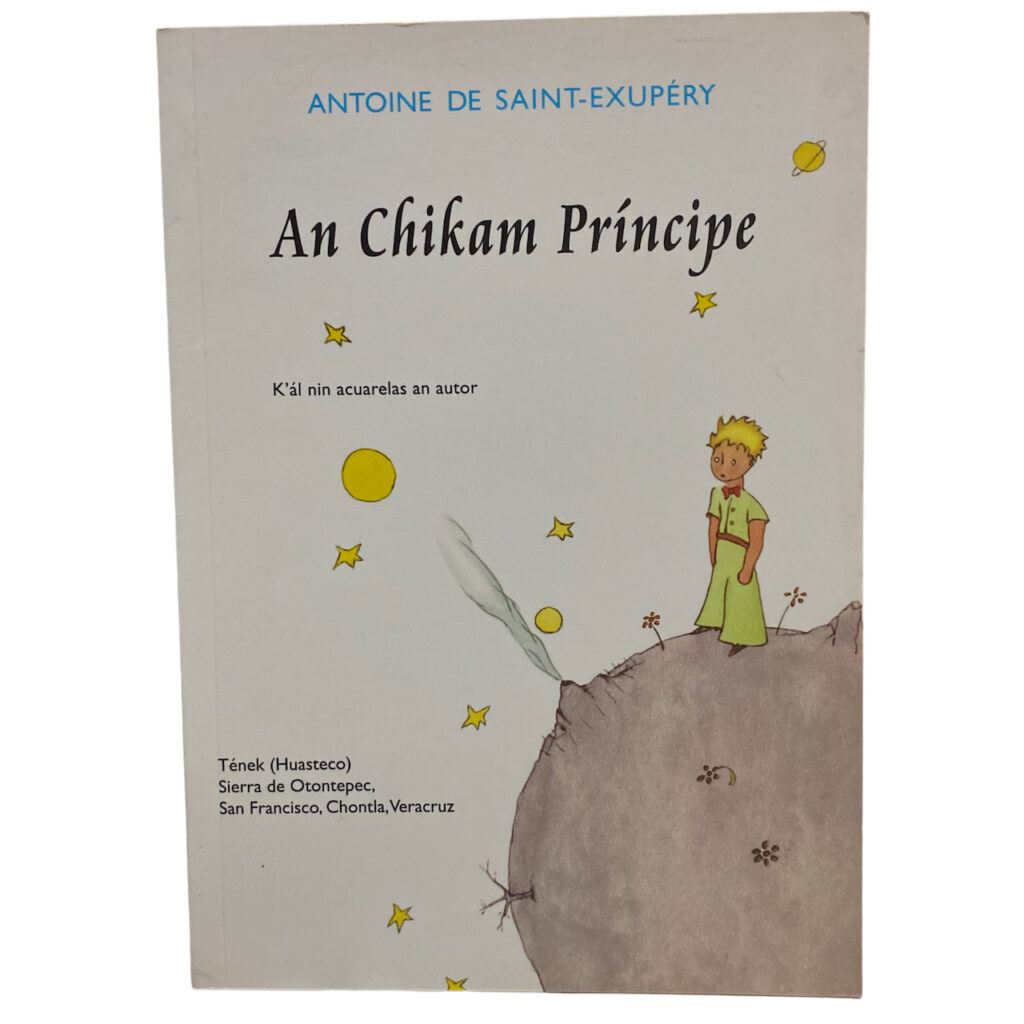
An Chikam Príncipe — in Veracruz Teenek language.
The Veracruz dialect of the Teenek language, spoken in the Huasteca region of Veracruz, Mexico, represents one of the variations of the Teenek language, which is part of the Mayan language family. This dialect, like others within the Teenek linguistic spectrum, is deeply rooted in the cultural and social practices of the Teenek people living in Veracruz. Due to the geographical and sociopolitical differences between Veracruz and other areas where Teenek is spoken, such as San Luis Potosí and Hidalgo, the Veracruz dialect has developed its own unique characteristics.
The Veracruz dialect is primarily spoken in the northern part of the state of Veracruz, within the Huasteca region, an area known for its rich cultural diversity and linguistic plurality. Teenek-speaking communities in Veracruz are often rural, with a lifestyle deeply connected to the land and traditional practices.
The linguistic features of the Veracruz dialect share the core characteristics of the Teenek language but also exhibit unique aspects. The dialect may present slight variations in pronunciation from those found in other Teenek-speaking regions. These differences could be in vowel length, consonant articulation, or intonation patterns. Consistent with Mayan languages, the Veracruz dialect likely maintains an ergative-absolutive alignment and a preference for Verb-Object-Subject (VOS) sentence structure, though actual usage can vary with context and speaker preference. Specific syntactic or grammatical nuances may differentiate this dialect from others. It may include words or expressions unique to the cultural and environmental context of the Veracruz Huasteca. Vocabulary differences can arise from variations in flora, fauna, cultural practices, and external influences unique to the region.


